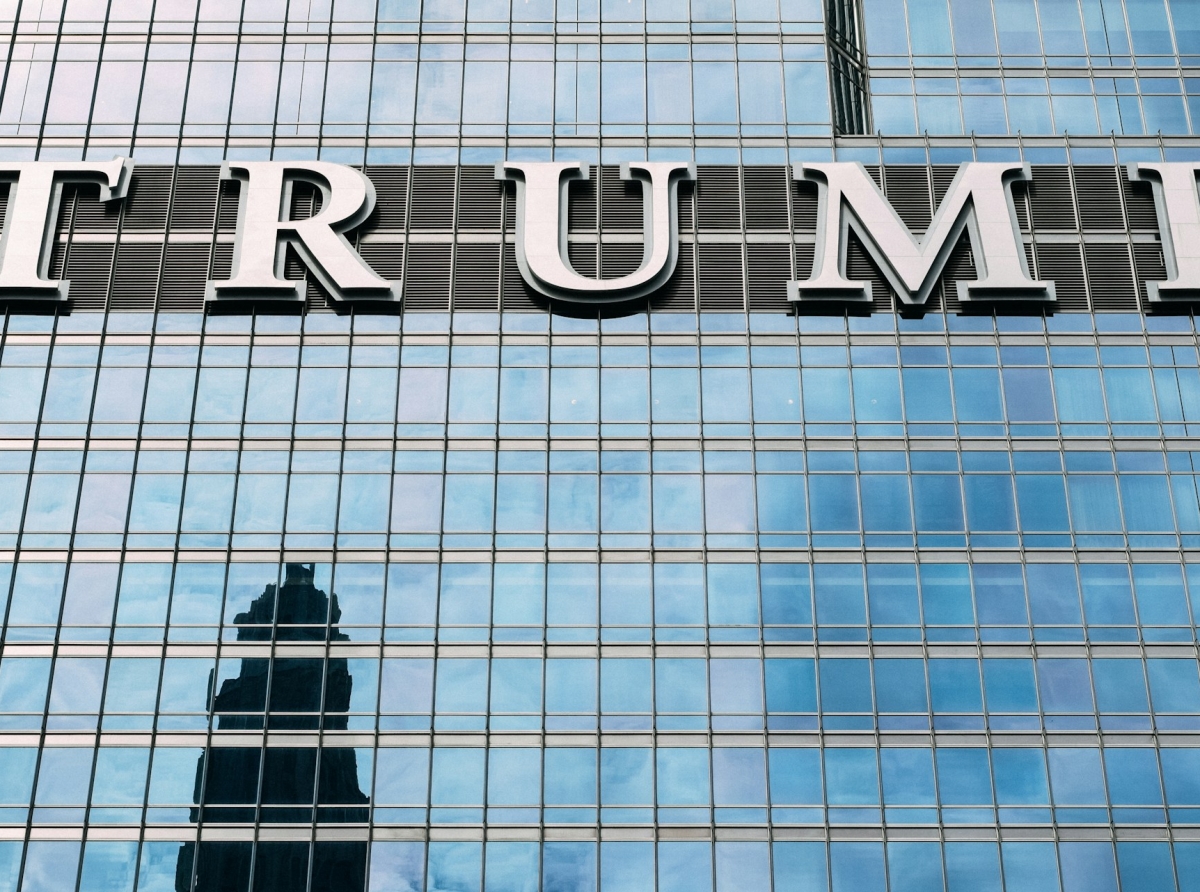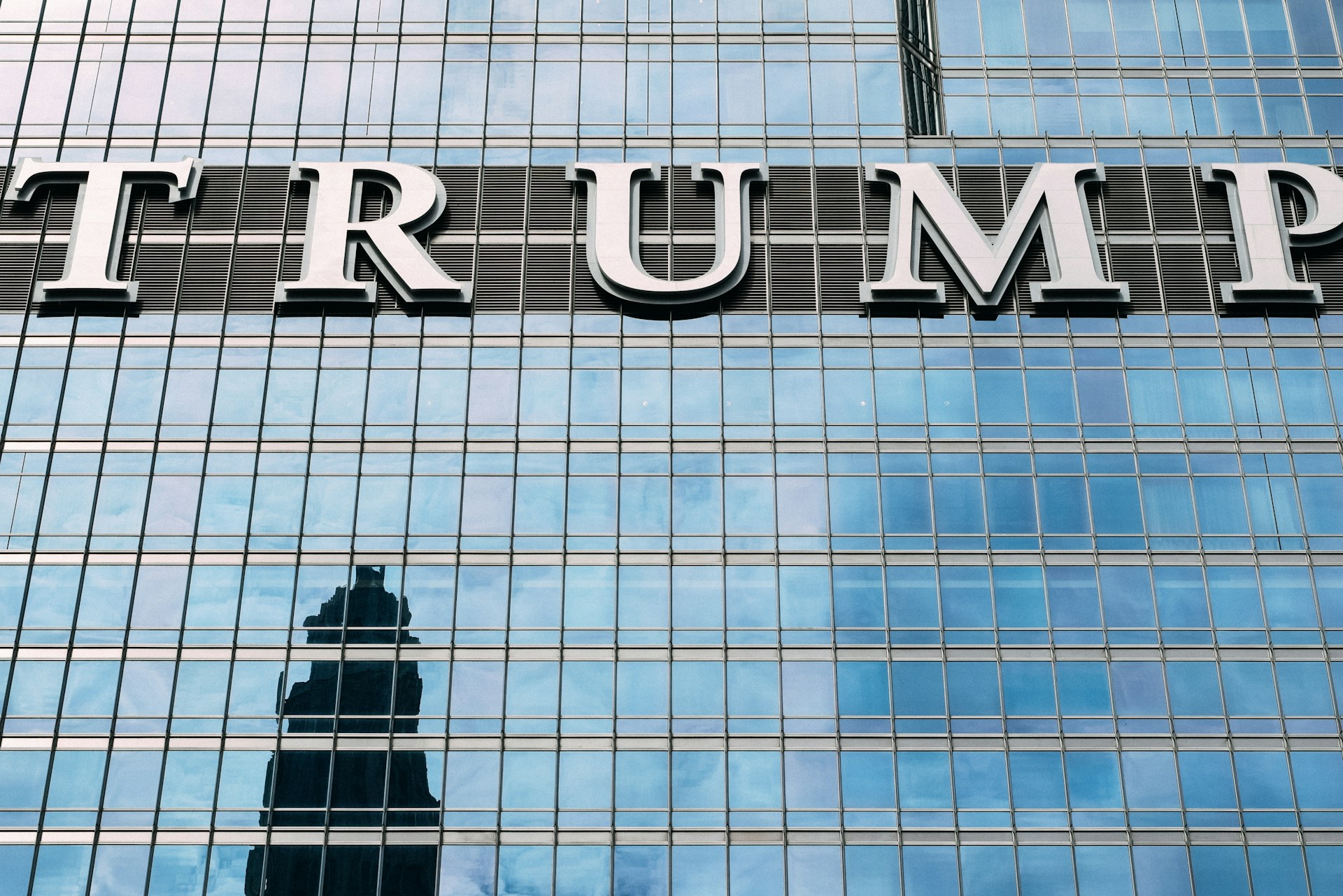Trump’s Tariff Threats Fall Flat: Why Global Markets Aren’t Buying the Hype

Trump’s Tariff Threats Fall Flat: Why Global Markets Aren’t Buying the Hype
In a bold move aimed at reshaping global trade dynamics, U.S. President Donald Trump announced punitive tariffs on 14 trading partners, with new rates ranging from 25% to 40%, set to take effect on August 1.
However, despite the dramatic announcement, global financial markets have responded with surprising indifference. This muted reaction raises questions about the credibility of Trump’s tariff threats and highlights the growing skepticism among investors about their economic impact.
However, despite the dramatic announcement, global financial markets have responded with surprising indifference. This muted reaction raises questions about the credibility of Trump’s tariff threats and highlights the growing skepticism among investors about their economic impact.

Trump’s Tariff Threats Fall Flat: Why Global Markets Aren’t Buying the Hype
The Announcement and Its Immediate Aftermath
On Monday, Trump sent letters to leaders of Japan, South Korea, Malaysia, Kazakhstan, South Africa, Laos, Myanmar, Bosnia and Herzegovina, Tunisia, Indonesia, Bangladesh, Serbia, Cambodia, and Thailand. Each letter outlined specific tariff rates that would apply to goods imported from these countries into the United States. The president described the August 1 deadline as “firm but not 100%,” leaving room for negotiation if affected nations chose to engage in discussions.Despite the severity of the proposed tariffs, Asian and European stock markets remained largely unfazed. Japan’s Nikkei 225 index closed 0.3% higher, while South Korea’s Kospi surged by 1.8%. Similarly, European markets ended Tuesday’s session in positive territory, with the pan-European Stoxx 600 index gaining 0.33%. In contrast, Wall Street continued its downward trend, reflecting lingering uncertainty among U.S. investors.
This lukewarm response stands in stark contrast to the market turmoil seen in April, when Trump’s initial announcement of "reciprocal tariffs" triggered a global sell-off. So, what has changed?
A Softer Tone and Lingering Uncertainty
One plausible explanation for the subdued market reaction is Trump’s apparent flexibility regarding the implementation of the tariffs. During a press briefing on Monday, he hinted that the August 1 deadline was negotiable, stating, “If [affected countries] call and say they want to do something differently, we’re open to it.” This softer tone suggests that the administration may prioritize diplomatic resolutions over rigid enforcement, giving markets reason to remain optimistic.However, this ambiguity also prolongs the period of uncertainty for governments, corporations, and consumers. The lack of clarity surrounding which countries will ultimately face tariffs—and under what conditions—has created an environment where businesses must prepare for multiple scenarios without clear guidance.
Specifically, key U.S. trading partners like the European Union (EU), India, and Taiwan did not receive letters on Monday. According to Paul Ashworth, Chief North American Economist at Capital Economics, this omission could indicate that preliminary agreements are close to being finalized or that these entities will receive notifications shortly. Without such deals, the effective import tariff rate in the U.S. could rise from 15.5% to 17.3%, up significantly from just 2.5% at the end of 2024.
Optimism Over EU Trade Talks
In Europe, the calm demeanor of financial markets may stem from confidence in ongoing negotiations between the EU and the U.S. A potential deal could prevent the imposition of 20% tariffs on European goods, which the White House had previously threatened. On Monday, an EU diplomat told CNBC that Brussels might receive a letter from Trump later in the week, providing additional time to finalize a framework agreement with Washington.This tentative pact is expected to include a baseline tariff of 10%, with possible exemptions for certain products such as aircraft and alcoholic beverages. While progress appears promising, the diplomat cautioned that “ultimately, everything depends on Trump.”
Adding fuel to this optimism was widespread media coverage of a reportedly productive weekend conversation between European Commission President Ursula von der Leyen and Trump. Such developments have reassured investors, who now view the likelihood of a U.S.-EU trade agreement as a stabilizing factor.
Market Sentiment and Investor Confidence
Kieran Ganesh, Multi-Asset Strategist at UBS Global Wealth Management, noted during a Tuesday morning interview with CNBC that the absence of a letter to the EU was particularly noteworthy. He suggested that this omission might signal proximity to a deal, thereby calming investor nerves.Overall, nothing in the content of the letters seems to alter the market’s perception of how tariffs will ultimately play out—or the path leading there, characterized by threats and negotiations. Tony Meadows, Head of Investments at London-based BRI Wealth Management, pointed out that many investors had already priced in the assumption that several trade deals would remain unresolved until July. That said, some analysts warn against excessive complacency.
The Broader Economic Implications
While markets currently appear comfortable navigating Trump’s shifting policy landscape, retaliatory tariffs represent a tax on activity. Their true economic impact remains uncertain. If data begins to show a direct correlation between these measures and declining economic indicators, sentiment could shift dramatically.For now, investors seem willing to give Trump the benefit of the doubt, betting that his bark may be worse than his bite. But as history has shown, unpredictability in trade policy can have far-reaching consequences. Whether this latest round of tariff threats proves to be mere posturing or a harbinger of significant disruption remains to be seen.









Report
My comments